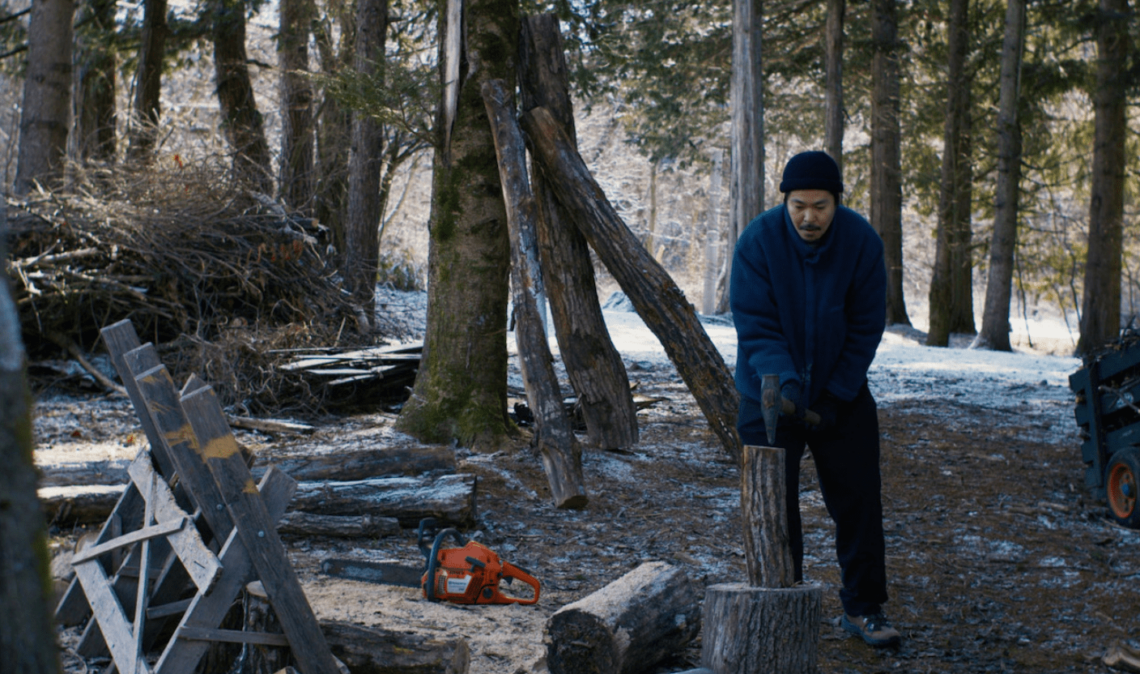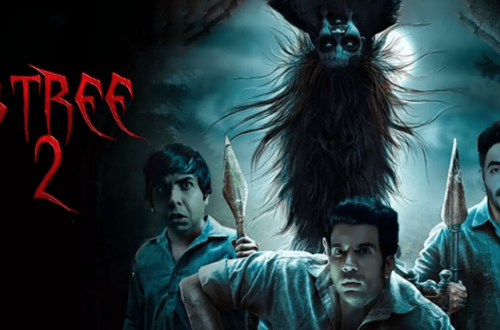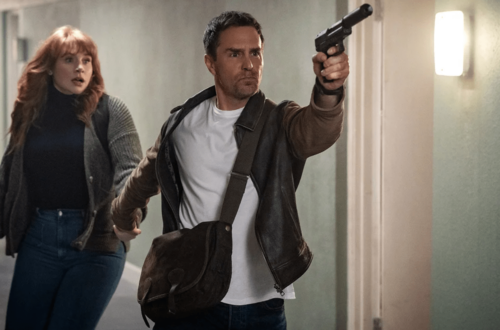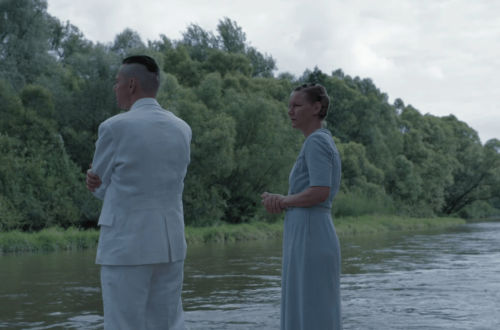Evil Does Not Exist Review: Ryusuke Hamaguchi, the acclaimed writer-director behind recent hits like Drive My Car and Wheel of Fortune and Fantasy, initially envisioned his new film, Evil Does Not Exist, as a series of silent visuals set to new music by his Drive My Car collaborator, Eiko Ishibashi. At the start of Evil Does Not Exist, it seems Hamaguchi might deliver exactly that, with Ishibashi’s score accompanying long, serene shots of snow-draped trees under a stunning sky. The opening scene lingers just a bit too long, and the sudden stop of the music seems to signal Hamaguchi’s intent to offer more than just a visual accompaniment to an exquisite score.
However, Hamaguchi’s vision for Evil Does Not Exist remains close to his original concept, as we follow Takumi (Hitoshi Omika), a versatile worker in the tranquil Mizubiki Village near Tokyo, and his daughter Hana (Ryo Nishikawa). The film starts with them quietly gathering water and Takumi chopping wood—a remarkably subdued beginning where the most notable event is discovering a wasabi plant destined for a local noodle shop.
Evil Does Not Exist (2024)
Drama
This introspective film weaves together the lives of individuals grappling with moral dilemmas in a conflict-ridden region. Each character faces internal darkness and societal pressures, challenging the notion of inherent evil and questioning whether actions or circumstances shape one’s destiny.
Release Date: April 26, 2024
Director: Ryusuke Hamaguchi
Cast: Hitoshi Omika, Ryô Nishikawa, Ryûji Kosaka, Ayaka Shibutani, Hazuki Kikuchi, Hiroyuki Miura, Yoshinori Miyata, Taijirô Tamura
Runtime: 106 Minutes
Main Genre: Drama
Writers: Ryusuke Hamaguchi, Eiko Ishibashi
Budget: Not Disclosed
Studio(s): Neopa, Fictive
‘Evil Does Not Exist’ Is Intentionally Slow—and That’s What Makes It Wonderful
Much like his previous work in Drive My Car, Hamaguchi uses these deliberate, silent moments to build his narrative. As Takumi and Hana explore the natural beauty of their surroundings, Hamaguchi allows us to appreciate the serenity of their lives and their deep connection to the land. This immersive approach establishes the setting and highlights its significance before the central conflict unfolds.
The film’s focus shifts to a company represented by Ryuji Kosaka and Ayaka Shibutani, who arrive to propose a glamping retreat on the land. The local residents quickly identify the potential issues: pollution from septic tanks, possible intrusion by deer, and unsupervised guests. As the community resists, the representatives begin to see the flaws in their plans and spend time understanding the land’s value.
The core of the film is Takumi, portrayed by Hitoshi Omika in a masterfully restrained performance. Through Takumi, we experience the beauty and importance of the land from a personal perspective. His love for the woods and his concealed frustration upon learning of the potential destruction create a compelling emotional journey. Omika’s subtle portrayal guides us through the film’s evolving tension, making the emotional stakes deeply felt.
Evil Does Not Exist is a contemplative film that prioritizes mood over plot. We observe Takumi and Hana’s exploration of the land, the company’s interactions with the locals, and the growing conflict. Hamaguchi’s nuanced portrayal of both sides avoids casting the company as outright villains, instead illustrating how ecological conflicts might be resolved through empathy and understanding without overwhelming the film’s quieter ambiance.
‘Evil Does Not Exist’ Has an Ending That Sticks Out
The film’s conclusion, however, feels surprisingly discordant with the rest of the story. Rather than following a traditional narrative arc, the ending feels abrupt and somewhat disconnected from the film’s introspective tone. It’s a jarring shift that contrasts sharply with the otherwise subdued and reflective nature of the film.
This contrast heightens the impact of the film’s more confrontational moments. As the Mizubiki residents clash with the developers, the disruption feels even more intense against the backdrop of the otherwise serene world. It’s as if the land itself is fighting back against those who threaten it, amplifying the conflict’s significance.
Evil Does Not Exist is particularly intriguing as Hamaguchi’s follow-up to his Oscar-nominated Drive My Car. Instead of expanding into grander territory, Hamaguchi has chosen to scale back and focus on a more intimate, elegantly crafted story. The film is an experiment in mood and minimalism, showcasing Hamaguchi’s skill in creating profound cinematic experiences through simplicity.
‘Evil Does Not Exist’ Lets the Score and Visuals Take Over
By de-emphasizing a traditional narrative, Hamaguchi allows the film’s visual and auditory elements to shine. Ishibashi’s score becomes central, enhancing the film’s stunning visuals and creating a unique experience. Yoshio Kitagawa’s cinematography beautifully frames the natural landscapes, making scenes of snow and woodcutting captivating in their simplicity.
Much like Drive My Car, Evil Does Not Exist excels in capturing life’s quieter moments. It may seem understated at times, but its deliberate pace and focus on ambiance create a unique and beautiful cinematic experience. Hamaguchi’s choice to take a minimalist approach after his major success is both bold and commendable.





